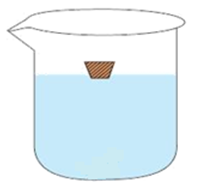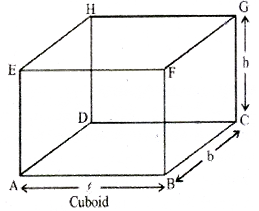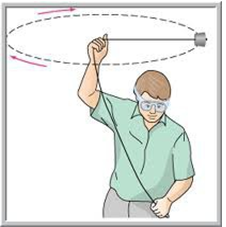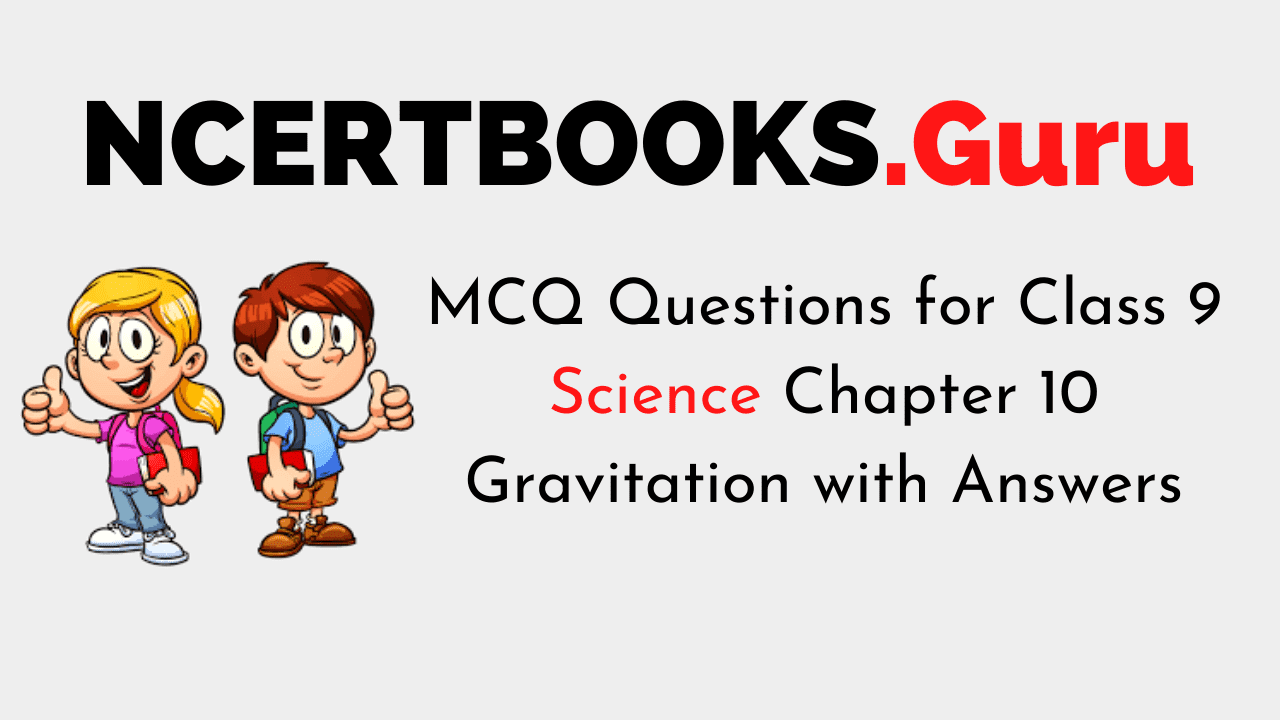MCQ Questions for Class 9 Science Chapter 10 Gravitation with Answers
MCQs from Class 9 Science Chapter 10 – Gravitation are provided here to help students prepare for their upcoming Science exam.
MCQs from CBSE Class 9 Science Chapter 10: Gravitation
1. The mass of moon is about 0.012 times that of the earth and its diameter is about 0.25 times that of earth. The value of G on the moon will be:
(a) Same as that on the earth
(b) About one-fifth of that on the earth
(c) About one-sixth of that on the earth
(d) About one-fourth of that on the earth
Answer/ Explanation
(a) Same as that on the earth
2. An apple falls from a tree because of the gravitational attraction between the earth and the apple. If F1 is the magnitude of the force exerted by the earth on the apple and F2 is the magnitude of the force exerted by the apple on the earth, then
(a) F1 is very much greater than F2
(b) F2 is very much greater than F1
(c) F1 and F2 are equal
(d) F1 is only a little greater than F2
Answer/ Explanation
(c) F1 and F2 are equal
3. The earth and the moon are attracted to each other by gravitational force. The earth attracts the moon with a force that is:
(a) More than that exerted by the moon
(b) Same as that exerted by the moon
(c) Less than that exerted by the moon
(d) Not related to that exerted by the moon
Answer/ Explanation
(b) Same as that exerted by the moon
4. A stone is released from the top of a tower of height 19.6 m. Then its final velocity just before touching the ground will be:
(a) 384.16 m/ s
(b) 196 m/s
(c) 19.6 m/s
(d) 3841.4 m/s
(Take g = 9.8 m/s2)
Answer/ Explanation
(c) 19.6 m/s
5. When a piece of cork is put into the water it starts floating on the surface of water due to the upward buoyant force from water.

If the cork is pushed more inside the water by applying the force than the buoyant force:
(a) Will increase as the cork is immersed into the water
(b) Will decrease as the cork is immersed into the water
(c) Will first increase and then decrease as the cork is immersed more into the water
(d) Will remain the same as long as the cork is inside the water
Answer/ Explanation
(a) Will increase as the cork is immersed into the water
6. A rectangular wooden block has the length, breadth and height of 40 cm, 35 cm and 10 cm, respectively. This wooden block is kept on ground in three different ways, turn by turn.

Which of the following is the correct statement about the pressure exerted by this block on the ground?
(a) The maximum pressure is exerted when the length and breadth form the base
(b) The maximum pressure is exerted when the length and height form the base
(c) The maximum pressure is exerted when the breadth and height form the base
(d) The maximum pressure is exerted when the length and height form the base
Answer/ Explanation
(c) The maximum pressure is exerted when the breadth and height form the base
7. Two particles are placed at some distance. If the mass of each of the two particles is doubled, keeping the distance between them unchanged, the value of gravitational force between them will be:
(a) 1/4 times
(b) 4 times
(c) 1/2 times
(d) Unchanged
Answer/ Explanation
(b) 4 times
8. A boy is whirling a stone tied with a string in a horizontal circular path as shown in the following figure:

If the string breaks the stone:
(a) Will move along a straight line towards the centre of the circular path
(b) Will move along a straight line the tangential to the circular path
(c) Will move along a straight line perpendicular to the circular path away from the boy
(d) Will continue to move in the circular path
Answer/ Explanation
(b) Will move along a straight line the tangential to the circular path
9. Following table represents the mass and volume data of the three liquids named A, B, C and D. Can you find which two liquids are identical?
| Liquid | Mass (in g) | Volume (in cm3) |
| A | 80 | 100 |
| B | 100 | 100 |
| C | 80 | 80 |
| D | 100 | 80 |
(a) A and C
(b) B and C
(c) A and D
(d) B and D
Answer/ Explanation
(b) B and C
10. A ball weighing 4 kg of density 4000 kgm-3 is completely immersed in water of density103 kgm-3. What will be the buoyant force acting on it?
(a) 100 N
(b) 10 N
(c) 1600N
(d) 16 N
Answer/ Explanation
(b) 10 N
11. Choose the correct unit for the relative density among the following:
(a) kg/cm
(b) unitless
(c) kg/cm
(d) kg/m3
Answer/ Explanation
(b) unitless
12. An object having mass equal to 350 g occupies 200 cm3 of the space. When this object is thrown into a river what will be the condition of this object there? (Density of water = 1 g/ cm3)
(a) It will float on the surface of water
(b) It will float fully submerged in the liquid
(c) It will sink in the liquid
(d) It will float partially submerged in the liquid
Answer/ Explanation
(c) It will sink in the liquid
13. An object is put in three liquids having different densities, one by one. The object floats with 1/9, 2/11 and 3/7 parts of its volume outside the surface of liquids of densities d1, d2 and d3 respectively. Which of the following is the correct order of the densities of three liquids?
(a) d1 > d2 > d3
(b) d2 > d3 > d1
(c) d1 < d2 < d3
(d) d3 > d2 > d1
Answer/ Explanation
(c) d1 < d2 < d3
14. The school bags are generally provided with the broad strips because:
(a) It will spread the force of the bag over the large area of the shoulder of the child producing large pressure
(b) It will spread the force of the bag over the large area of the shoulder of the child producing less pressure
(c) It has become a trend among the students to carry the bags with wide strips
(d) It will spread the force of the bag over the small area of the shoulder of the child producing less pressure
Answer/ Explanation
(b) It will spread the force of the bag over the large area of the shoulder of the child producing less pressure
15. Two objects of different masses falling freely near the surface of moon would:
(a) Have different accelerations
(b) Undergo a change in their inertia
(c) Have same velocities at any instant
(d) Experience forces of same magnitude
Answer/ Explanation
(c) Have same velocities at any instant
